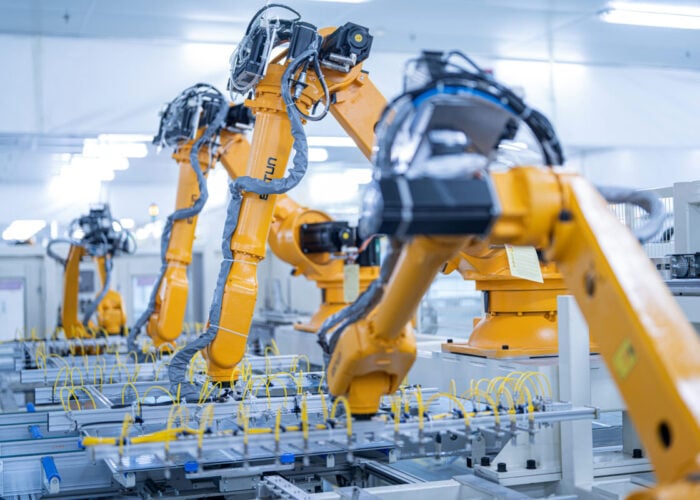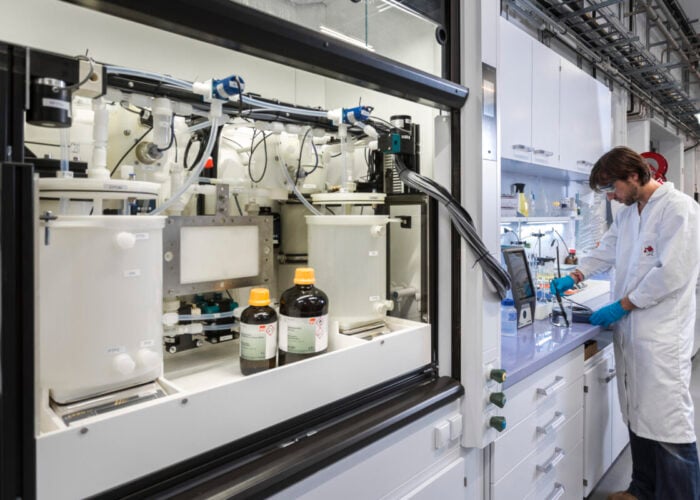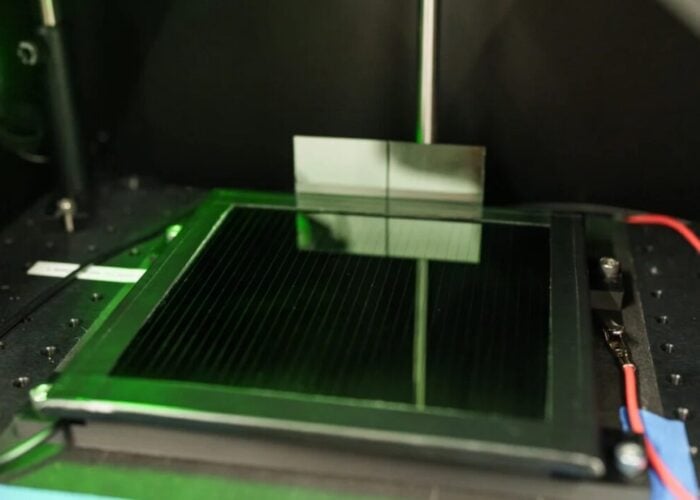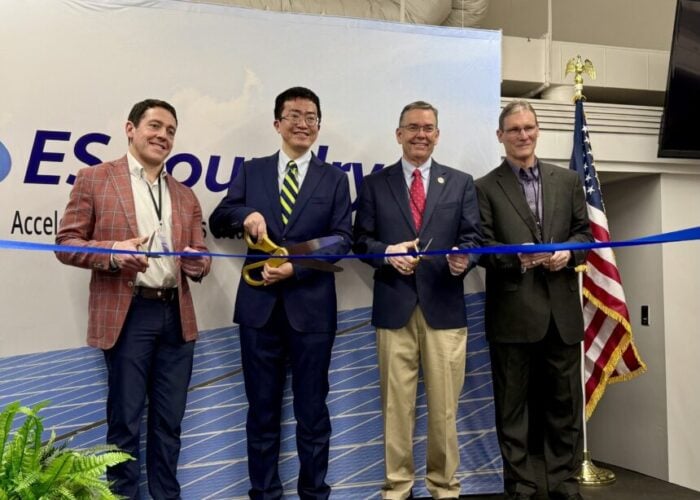
A high breakage rate in thin glass used in modern PV modules is a vulnerability that is not yet widely understood due to inadequate testing regimes.
That is one of the key findings of a report published today by the International Energy Agency’s Photovoltaic Power Systems programme (IEA PVPS), which explores degradation and failure modes in new PV cell and module technologies.
Unlock unlimited access for 12 whole months of distinctive global analysis
Photovoltaics International is now included.
- Regular insight and analysis of the industry’s biggest developments
- In-depth interviews with the industry’s leading figures
- Unlimited digital access to the PV Tech Power journal catalogue
- Unlimited digital access to the Photovoltaics International journal catalogue
- Access to more than 1,000 technical papers
- Discounts on Solar Media’s portfolio of events, in-person and virtual
Or continue reading this article for free
The report reviewed various degradation and failure types, including cell cracking, potential- and UV-induced degradation (PID and UVID), encapsulation material challenges and the durability of thin module glass.
On glass, the report highlighted how the shift to thinner glass on PV modules (≤2 mm) seen in recent years has led to higher breakage rates. It cited evidence suggesting up to a 10% breakage rate for recently built PV power plants with 2mm glass-glass modules. In one case, 2mm glass-glass bifacial modules mounted on a rack and on a tracker mount system saw the glass on 50% of the modules break within nine months of exposure.
The report said no single root cause had been established to explain the breakages of thin module glass. This is partly because there is no standardised technique for measuring the compressive stress of thin glass, and standardised breakage tests are not applicable to thin glass.
Furthermore, the authors said that at the time of writing, there was no standardised way to check the delivered quality of thin glass for PV module applications.
“The lack of quality control may be the reason that glass breakage occurs more frequently in certain cases. Another reason may be the continuous increase of module size and gradual decrease in frame height, which both increase the stress in the glass,” the report authors said.
As the root cause of the glass cracking is not yet known, the report said new measurement and testing techniques were required to characterise the compressive stress of the glass surface.
“The mechanical load test in IEC 61215 cannot reveal this vulnerability, as it would need parallel tests on tens of modules, instead of only one, to assess the failure rate. Currently, only a high number of tests in the final mounting position can reveal the stability of thin glass modules,” the report added.
Similarly, the report said new testing regimes were needed for the various encapsulant materials used on PV modules. At the moment, standardised PV module tests, such as those under IEC 61215, often do not reveal relevant degradation paths as they are more concerned with electrical performance rather than the stability of the polymer materials used in the encapsulants.
“Therefore, many PV modules are found in the field with damaged lamination material. Combined stresses with e.g. temperature change, humidity and UV radiation can reveal these polymer-related degradation paths. Especially for these degradation modes, new combined ageing tests are required,” the report said.
“The new report highlights key factors that impact the reliability of advanced solar technologies,” said Marc Köntges, one of the lead authors of the report. “We identified common failure mechanisms and provide insights to improve long-term reliability and efficiency. These findings pave the way for more robust and sustainable solar energy solutions, supporting the transition to cleaner energy worldwide.”
The full report from IEA PVPS Task 13 is available here.







